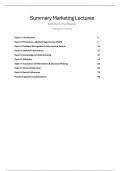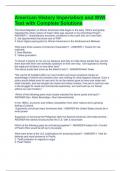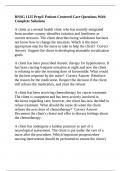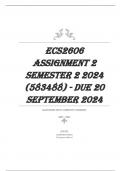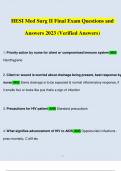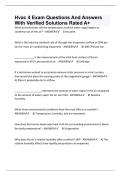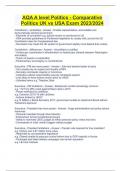Samenvatting
Summary Marketing Lectures - End-Term - Pre-Master- Tilburg University
- Instelling
- Tilburg University (UVT)
Comprehensive end-term summary covering Topics 1–9! This summary includes all key slides, detailed notes, illustrative figures, and real-world examples discussed in class, helping you fully grasp each concept. Each topic concludes with practical questions to test your understanding and prepare ...
[Meer zien]
